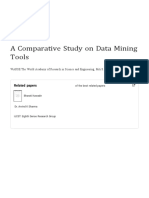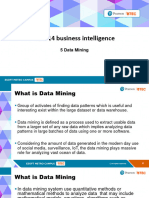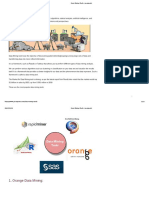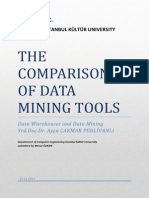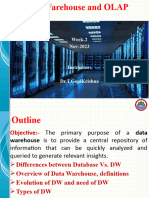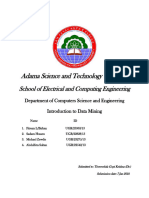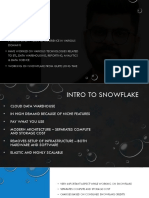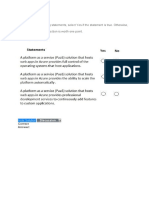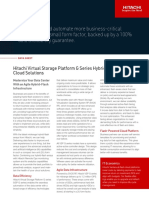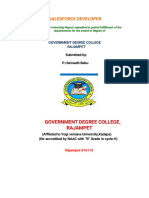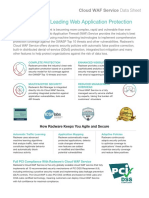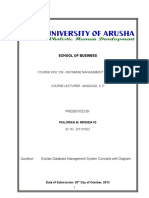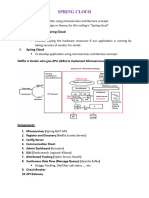0% found this document useful (0 votes)
48 views24 pagesWeek-14-15-Data Mining Tools
This document provides an overview of various data mining tools including Weka, Excel Miner, R, and others. It discusses their key features such as data preprocessing, algorithms, and visualization capabilities. Specific sections are dedicated to demonstrating Weka, Excel Miner, and R's interfaces, workflows, and hands-on exercises for performing tasks like classification, clustering, and regression. A comparison table outlines the tools' differences in aspects like cost, programming requirements, and functionality. The document concludes that choosing the best data mining tool depends on one's needs, skills, budget and project requirements.
Uploaded by
Michael ZewdieCopyright
© © All Rights Reserved
We take content rights seriously. If you suspect this is your content, claim it here.
Available Formats
Download as PDF, TXT or read online on Scribd
0% found this document useful (0 votes)
48 views24 pagesWeek-14-15-Data Mining Tools
This document provides an overview of various data mining tools including Weka, Excel Miner, R, and others. It discusses their key features such as data preprocessing, algorithms, and visualization capabilities. Specific sections are dedicated to demonstrating Weka, Excel Miner, and R's interfaces, workflows, and hands-on exercises for performing tasks like classification, clustering, and regression. A comparison table outlines the tools' differences in aspects like cost, programming requirements, and functionality. The document concludes that choosing the best data mining tool depends on one's needs, skills, budget and project requirements.
Uploaded by
Michael ZewdieCopyright
© © All Rights Reserved
We take content rights seriously. If you suspect this is your content, claim it here.
Available Formats
Download as PDF, TXT or read online on Scribd
/ 24














